In pictures: Life along Kashmir border
- Published
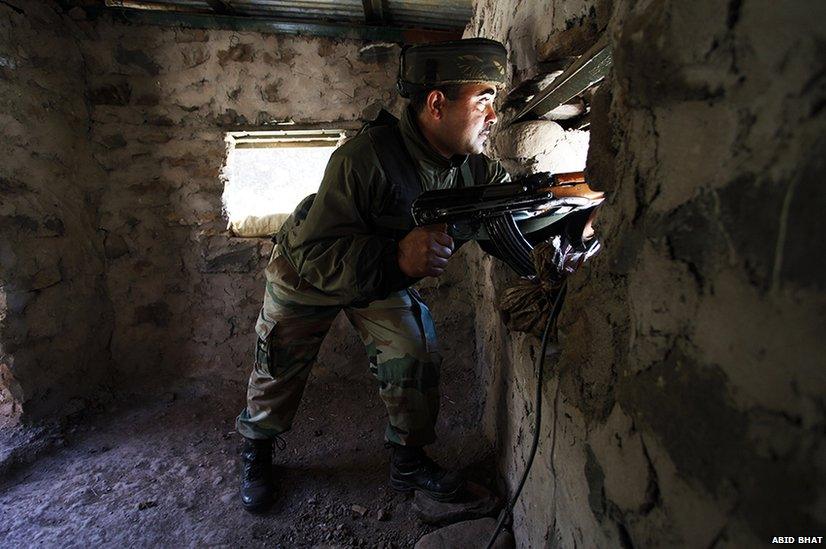
The de facto border dividing Kashmir between India and Pakistan is one of the most militarised boundaries in the world. Tens of thousands of troops face each other across the 740km (460-mile) Line of Control (LoC). Photographer Abid Bhat travelled along the LoC in Indian-administered Kashmir to record life.
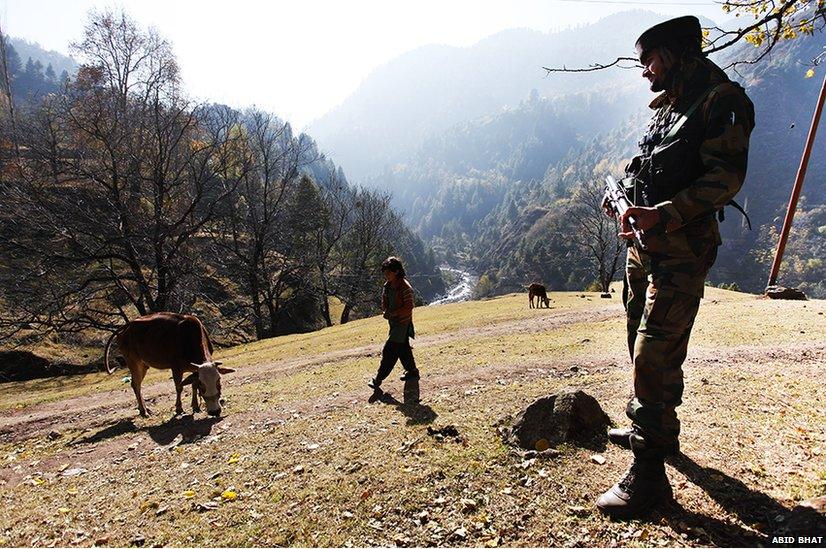
The line has been a source of conflict for almost the entire period of existence of India and Pakistan.
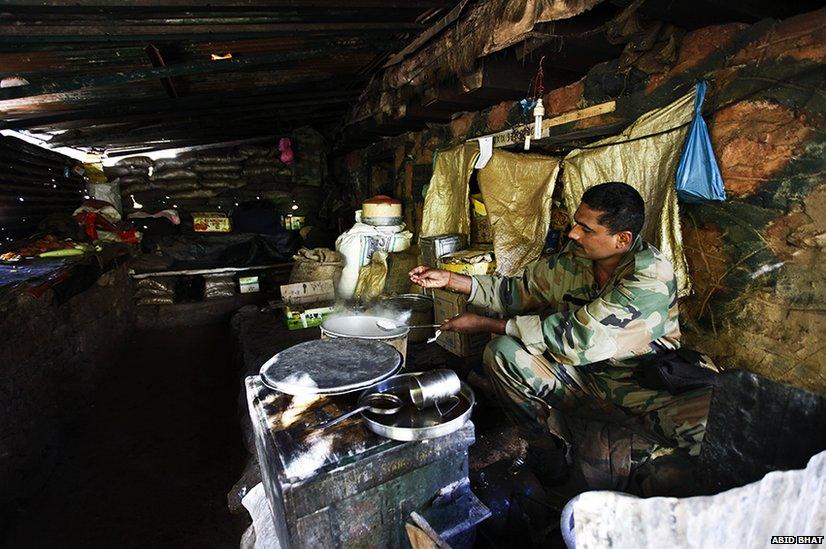
Two of the three India-Pakistan wars were over Kashmir - the first in 1947-48 and the second in 1965. But deadlock in the fighting meant the status quo remained until hostilities began again in 1971. Peace negotiations and a subsequent agreement between the two sides in 1972 then led to the establishment of the LoC.
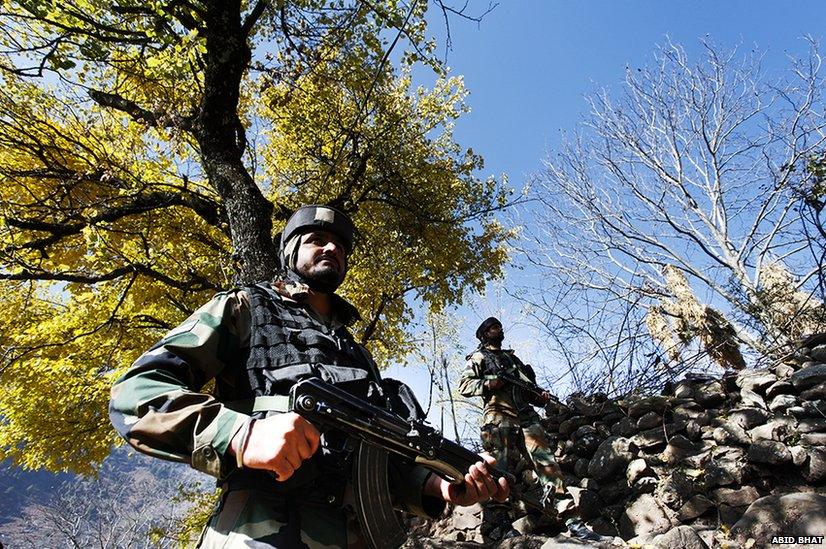
Ties between the South Asian neighbours have been further strained in recent months by a series of deadly clashes on the border. The violence left a number of soldiers dead on both sides, including five Indian soldiers killed in August.
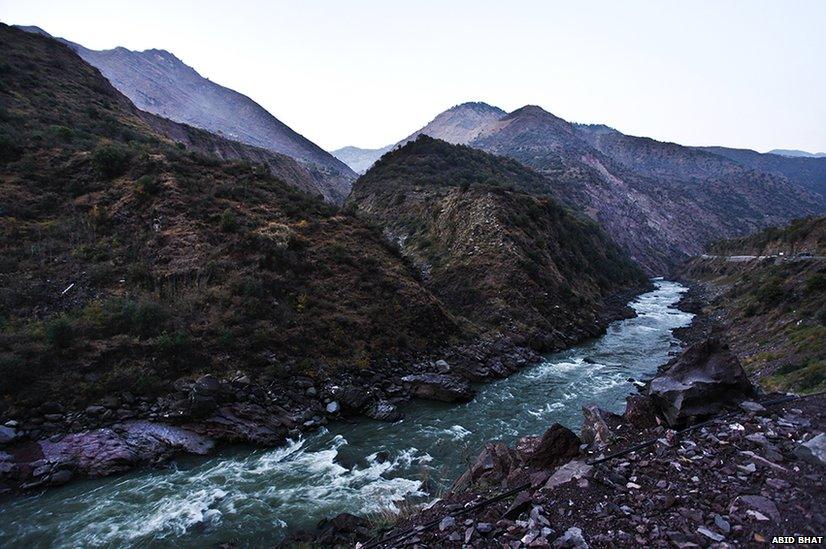
The border runs over forested hills and inhospitable terrain. Defying logic in some places, the line splits villages in half and bisects mountains. Here a stream passes through the mountains between India and Pakistan.
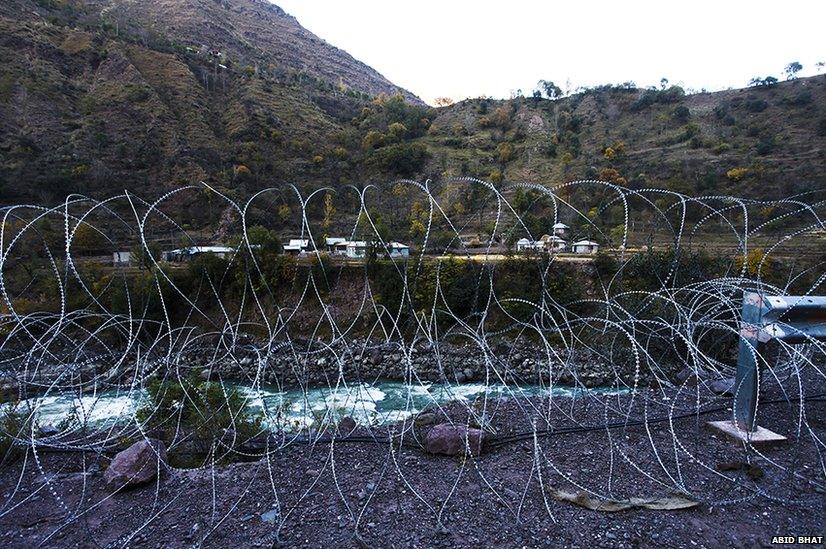
India finished constructing a fence - rows of barbed wire with concertina coils - to check infiltration from the Pakistani side in 2004. Every now and then, the two sides have exchanged fire, but in 2013 the firing was the heaviest in many years.
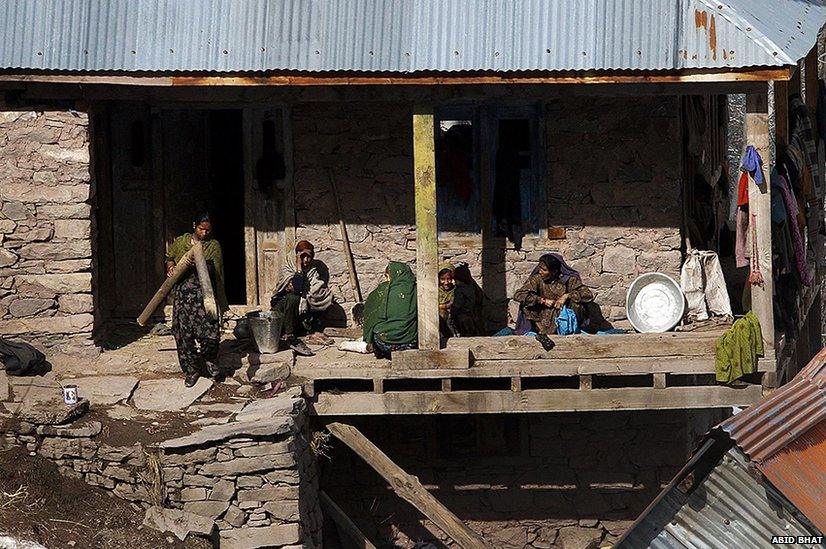
Thousands of families live in areas along the disputed border.
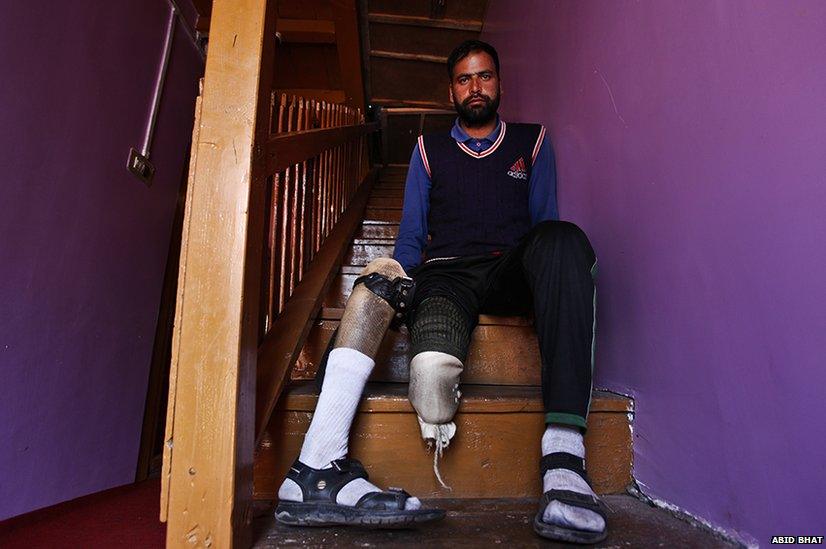
But cross-border shelling has created an atmosphere of fear. Local people like Irshad Ahmed who lives in Uri town have been wounded in cross-border shelling.
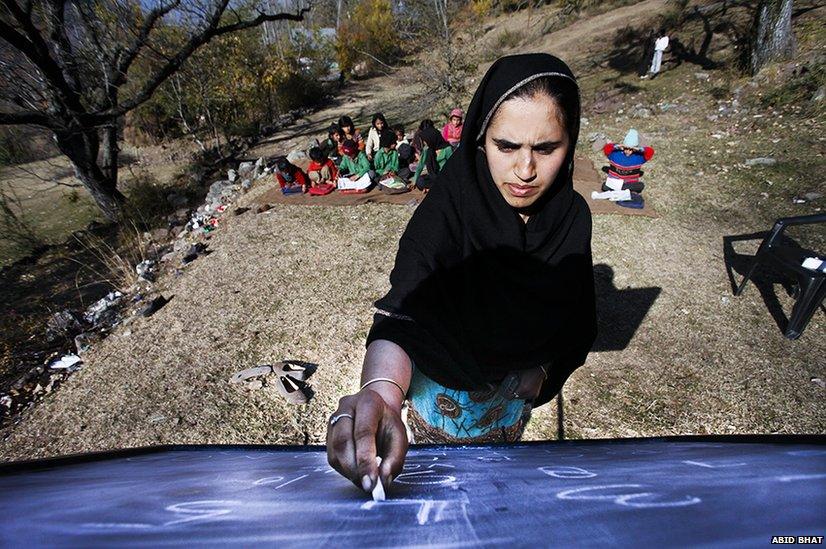
Saima Chalkoo teaches children in a primary school in the open near the border. Ms Chalkoo says prior to the ceasefire agreement between the neighbours in 2003, they lived in constant fear.
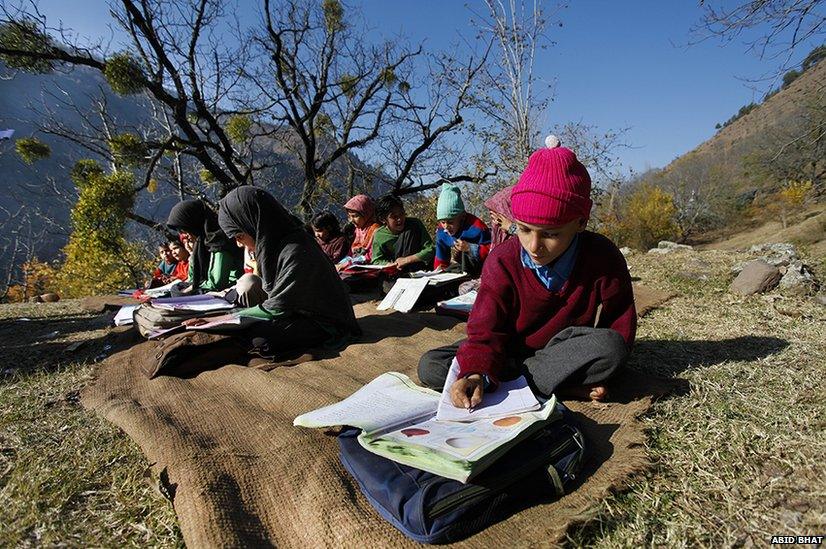
Children from nearby villages who study in Ms Chalkoo's school hope this year things may improve.
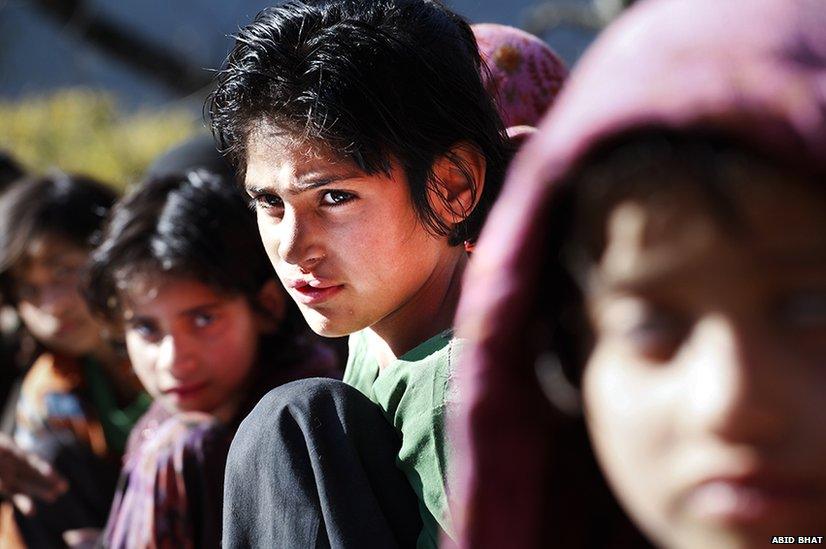
The prolonged and heavy militarisation of the region has wrecked people's lives and ruined the economy, as well as depriving a generation of proper education and normal upbringing.